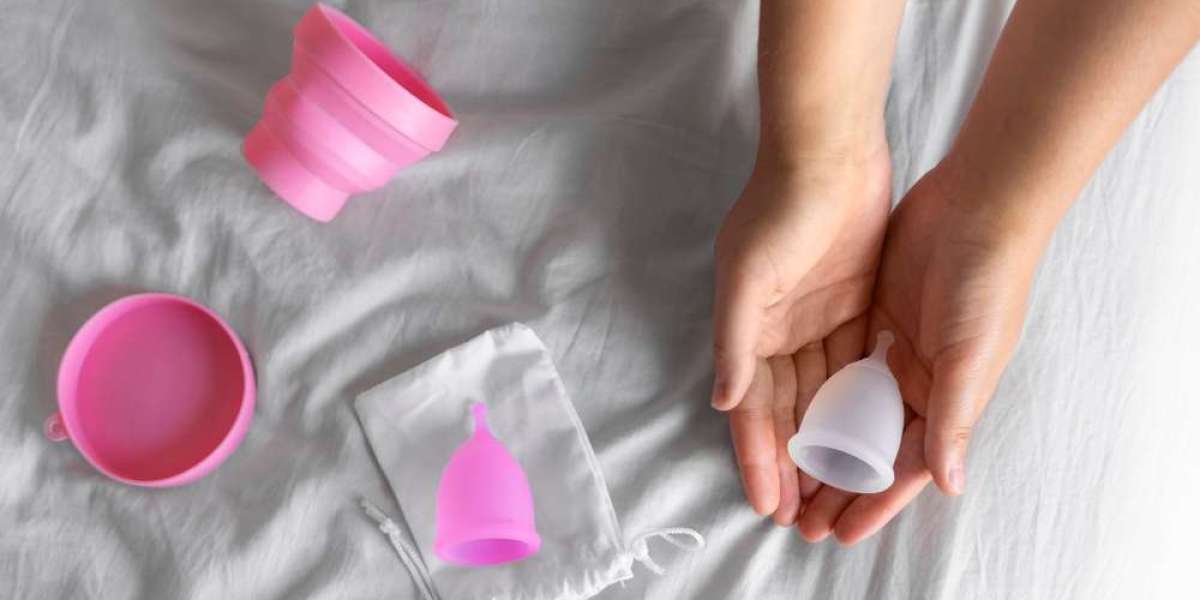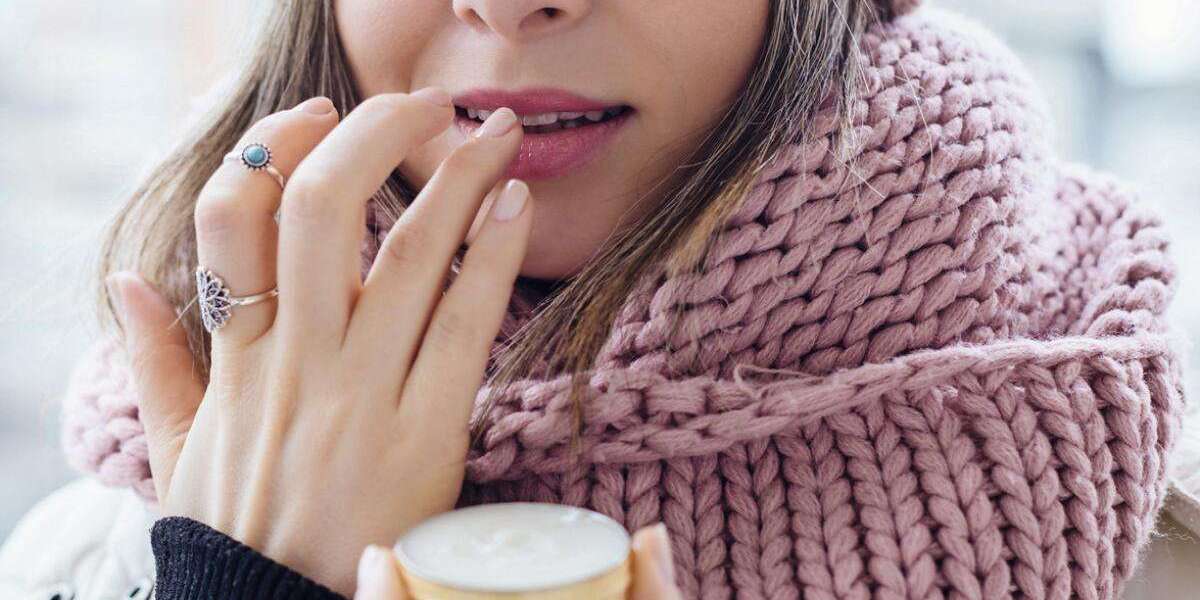In India, women are worshipped as mothers, sisters and goddesses. However, the same women are frowned upon during their periods. Indian households have their versions of occult stories and myths when it comes to menstruation. Whether we are talking about not visiting sacred places, discrimination and isolation from the entire family not being permitted to touch plants or male members of the family, or resorting to outmoded alternatives like cloth instead of understanding what is a menstrual cup or how to use one, the stigmas surrounding periods are staggering in India.
Since time immemorial many cultural taboos have limited access to resources that can help to maintain menstrual hygiene. However, the times have changed, and now it's time to explore sustainable and healthy alternatives to conventional menstrual products like pads or tampons.
Why Menstrual Cups?
Do you have any idea about the number of girls who drop out of school every year just because they reach a certain menstruating age? Well, in remote areas or rural households that fall below the poverty line, arranging two square meals a day feels like a luxury. Imagine how homes like these can afford sanitary hygiene products like pads or tampons every month. Disposable menstrual hygiene products have many drawbacks like being filled with toxic bleach and chemicals, or the risk of Toxic Shock Syndrome, but one of their biggest drawbacks is the price point.
Several girls quit their education, or stay at home after their periods, just due to the fear of embarrassment. Although there are many government schemes in motion to provide pads to girls in schools, the most pragmatic way to eradicate period poverty is switching to a sustainable medium. Period cups or menstrual cups do this job seamlessly. Being reusable, they can be used for about 2 years. Menstrual cups don’t leak even after prolonged use, and once you get the hang of it they are pretty easy to use. These bell-shaped flexible cups, made from medical-grade silicone or rubber can be inserted into the vagina to collect menstrual blood, rather than absorbing it, so you get to be more in touch with your body.
Benefits for Indian Women
- Menstrual cups are reusable and can last for several years with proper care. In a country like India, where menstrual waste contributes significantly to environmental pollution, the adoption of menstrual cups can help reduce the environmental impact.
- While the initial investment in a menstrual cup may seem higher compared to disposable pads or tampons, its reusability makes it a cost-effective option in the long run. This is especially beneficial for women from low-income backgrounds who may struggle to afford monthly expenses on menstrual products.
- Menstrual cups can hold more blood than traditional products, reducing the frequency of changes. This makes them ideal for women with busy schedules or limited access to restroom facilities, and other common challenges faced by many Indian women, especially in rural areas.
Conclusion
Most women refrain from switching to menstrual cups because they feel their menstrual blood is impure. However, this isn’t true. Menstrual blood is just like any other blood in your body. Besides, some women are also concerned about the size of menstrual cups. But, they don’t need to be because these cups can be used by anyone irrespective of their age or size of cervix.









